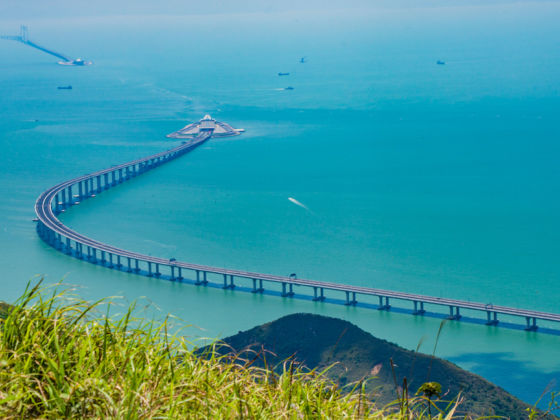Accessing Macau and Hong Kong from mainland China just got a lot easier, thanks to the opening of this new bridge. Spanning 34 miles, this is the world’s longest sea bridge, and it’s revolutionizing Chinese transportation by linking Zhuhai, Macau, and Hong Kong in just 30 minutes.
It took $20 billion and nine years to build this impressive structure, and it’s expected to be one of the safest, most durable bridges ever built. It was constructed using 400,000 tonnes of steel — enough to build 60 Eiffel Towers — in order to withstand the force of earthquakes and typhoons. It will also be composed of link roads, viaducts, and a middle section that dips into an undersea tunnel to allow ships to pass through.
